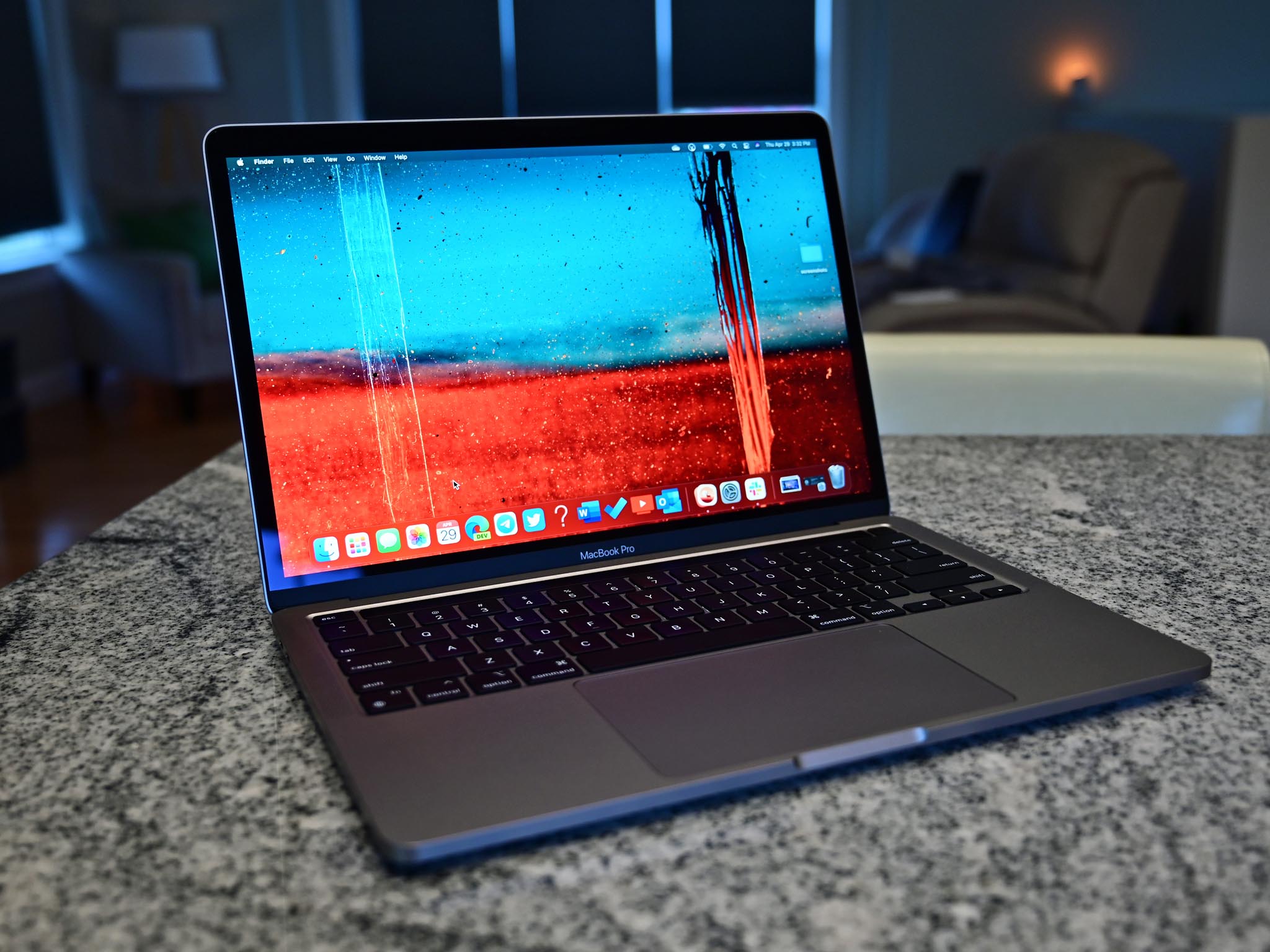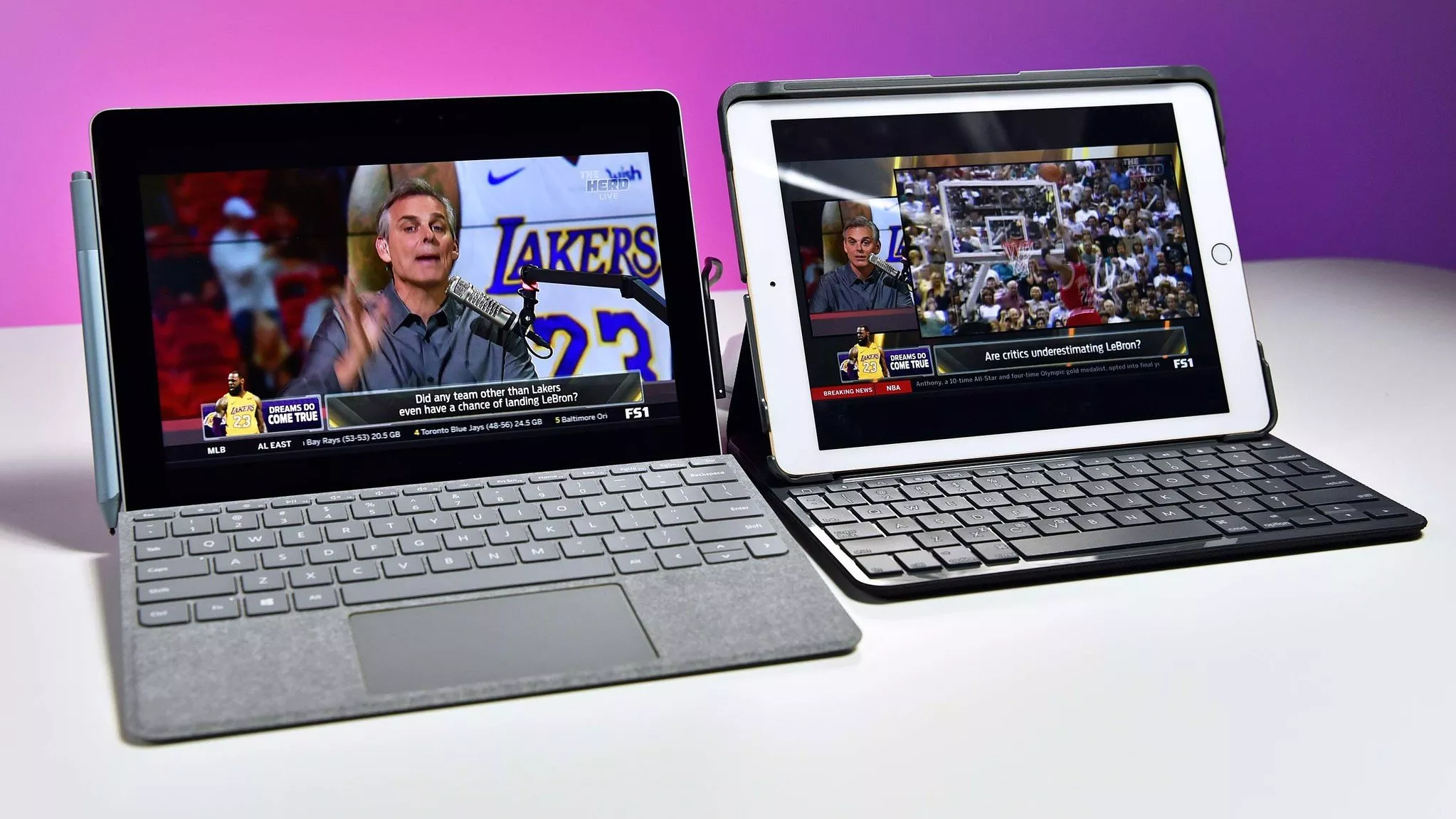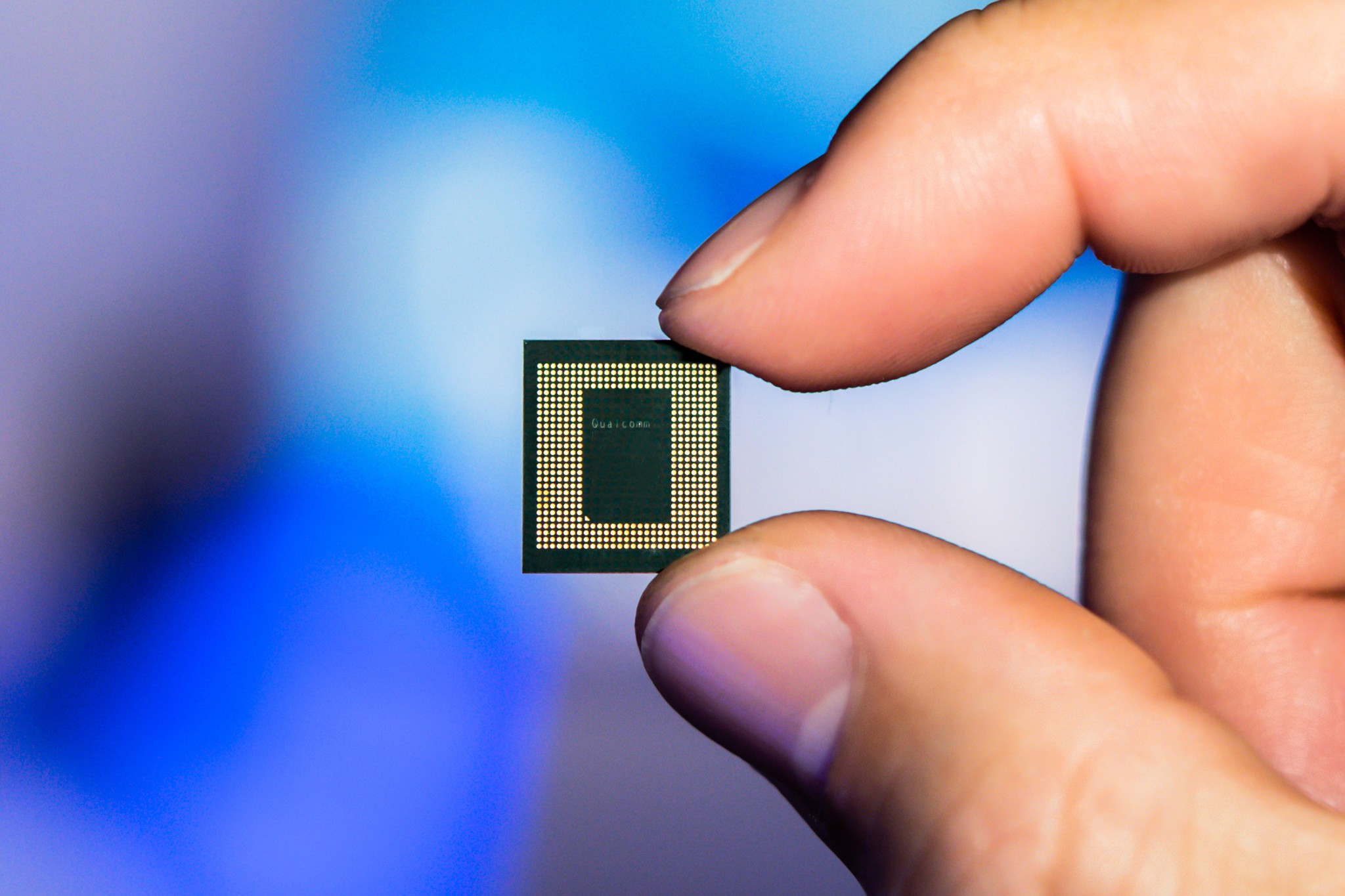Apple may be copying Microsoft’s Surface strategy (again) with rumored new 12- and 15-inch MacBooks
The post-PC era is definitely not dead, and Apple is waking up to the fact. That also means bad news for Windows laptops if Apple convinces more people to switch.

Bloomberg’s Mark Gurman, who’s very well known for posting accurate Apple insider info, claims Apple is making two new laptops in addition to the new MacBook Air and MacBook Pro models. Apple declined to comment on the story.
According to the Gurman, the first rumored laptop is a 15-inch MacBook Air powered by the new M2 chip. Apple allegedly wanted to release that laptop this year but focused on the just-announced new 13.6-inch model instead. The 15-inch notebook, which is expected to be just a blown-up version of the 13.6-inch, is anticipated to launch sometime next year, barring any lingering supply-chain issues.
Furthermore, Gurman claims Apple is working on a smaller 12-inch model, which could launch at the end of 2023 or early 2024. Details on that laptop are scarce, specifically, whether it’ll fall into a new, more affordable line akin to the Air or be an addition to the MacBook Pro line.
Apple’s strategy appears like Microsoft’s one for Surface, something Apple has done before. Previously, Apple made fun of 2-in-1 PCs that combined touch and tablet features with a traditional laptop. However, for the last few years, Apple has worked very hard to make the iPad Pro line just that by adding multi-tasking features, mouse support, Apple Pencil, and a low-clearance attachable keyboard.

With a 15-inch variant of the MacBook Air, Apple will have something that matches Microsoft’s dual Surface Laptop strategy, where it offers one with a 13.5-inch display and another with a 15-inch one. That approach seems to be paying off as Microsoft continues offering two sizes and now two processor choices with AMD or Intel.
Microsoft’s 15-inch Surface Laptop is an odd duck in the world of PCs as it doesn’t have a discrete GPU and instead focuses on sleekness and mobility, just like the MacBook Air. Most 15-inch Windows laptops enter the workstation category. They are not thin-and-light, and a 15-inch MacBook Air with its superior M2 processor would cut into that distinction giving stiff competition to the Surface Laptop.
Likewise, Apple’s alleged 12-inch laptop could be targeting the same market as Microsoft’s Surface Laptop Go series. It seems unlikely Apple would make said laptop a MacBook Pro model as most professional users will want a larger, higher-resolution display.
All the latest news, reviews, and guides for Windows and Xbox diehards.
But a lower-end 12-inch model would allow Apple to enter the crucial sub-$1,000 PC market for the first time. Most laptops sell at around the $800-level, somewhere Apple only competes with its iPads, and that move could help offset Apple’s slowly declining iPad sales. If true, it's a smart move, one that Microsoft anticipated years ago.
Can Windows and Microsoft keep up?

Apple’s significant advantage is its use of an in-house processor. The M1 — and now M2 — are driving what once were severely lagging sales of the MacBook range. By Apple’s numbers, it has doubled revenue from $5.4 billion to $10.4 billion since the switch away from Intel CPUs. By reversing earlier failed strategies like the Touch Bar, bringing back MagSafe, fixing its defective keyboard design, and adding more ports along with the strong demand for PCs, Apple finally sees the light on personal computers.
All of this puts Windows laptop OEMs and Microsoft in a difficult position. While Apple’s current boom in MacBook sales is robust, it hasn’t affected the overall ratio of PC shipments. Apple was around 9 percent of laptop shipments five years ago and still around 9 percent in 2022 (Windows PCs shipments also grew, mainly offsetting Apple’s gains).
But if trends remain and Apple adds even more choices, that could change over the coming years.

Intel and AMD are making considerable inroads and investments in x86 with the 12th Gen and Ryzen 6000 series of processors, respectively. Indeed, Intel’s 12th Gen P-series, like in the new Lenovo Yoga 9i 14, blows past Apple’s current M1 and even comes close to the M1 Max in performance. However, all those CPU cycles come at a disadvantage as those P-series chips are not nearly as power-efficient as Apple’s, resulting in mediocre battery life.
In Microsoft’s other court is Qualcomm. But Qualcomm is not expected to seed its next-gen Nuvia chips to OEMs until later this year, with the first devices coming in late 2023.
A lot is riding on Nuvia, which Qualcomm acquired for $1.4 billion in January 2021. Nuvia was founded by ex-Apple engineers, the very ones who created its line of A processors, which led to the current M-series in laptops. How much of the Apple magic can be repeated for Windows machines remains unclear as Apple is likely to be on its M3 chips by late 2023.
Microsoft is at least getting serious about ARM64, and its new “Project Volterra” dev kit should help drive more adoption and conversion of native ARM apps for Windows 11. In the last week, we’ve seen three significant apps get native ARM support, including good ol’ Windows Notepad.
We will also likely see a new Surface Pro (X) with a Qualcomm Snapdragon 8cx Gen 3 variant and a 120Hz display this fall. We may even see Microsoft merge the Pro X into the regular Surface Pro line giving a big boost of legitimacy to the rising architecture.
Windows PCs, however, still have one overall advantage compared to Apple that's hard to dismiss: Variety. Whether its design, features like 5G, or form factor, the Windows PC market offers everything from $300 devices to ones that are desktop replacements in the $3,000 and higher range. And gaming remains a strong driving force in PC dominance, not to mention enterprise.
But make no mistake, Apple is coming hard for that laptop market. Let’s hope Microsoft and its partners are ready to answer.

Daniel Rubino is the Editor-in-chief of Windows Central. He is also the head reviewer, podcast co-host, and analyst. He has been covering Microsoft since 2007 when this site was called WMExperts (and later Windows Phone Central). His interests include Windows, laptops, next-gen computing, and wearable tech. He has reviewed laptops for over 10 years and is particularly fond of 2-in-1 convertibles, Arm64 processors, new form factors, and thin-and-light PCs. Before all this tech stuff, he worked on a Ph.D. in linguistics, performed polysomnographs in NYC, and was a motion-picture operator for 17 years.
